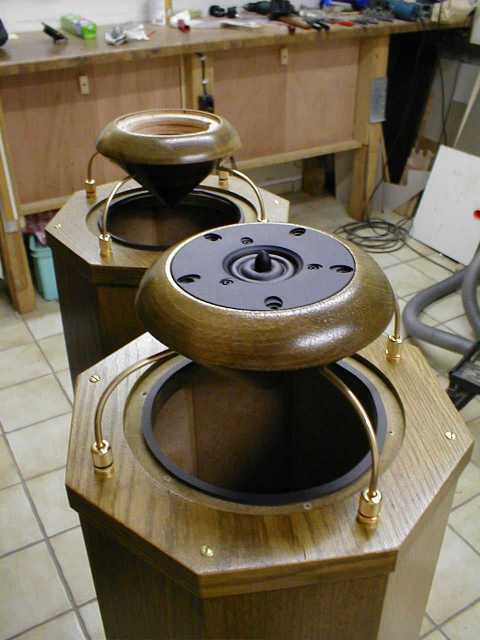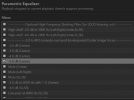Ok, since Jim has 'bought into' Matt's false dichotomy, I'm going to have to correct it. (No, to answer the obvious question, I'm not a masochist, it just looks like it. I'm actually taking one for the team.

)
That's right. Everyone knows that as soon as you implement a great MCH system, it can't play 2CH any more.
Oh, wait.
That's right. Everyone knows that as soon as you implement a great MCH system, all your 2CH software self-destructs in protest.
Oh, wait.
That's right. Those upmixers don't have an off button.
Oh, wait.
Actually a false dichotomy, presented without nuance. Nuance, Matt, nuance.
Anybody who has read Toole with sensitivity, instead of translating him into a series of black-and-white false dichotomies, will already understand that the key message is that, despite the fact that the Circle of Confusion can be worked on with 2CH just as much as MCH, and it's important to work on that if you are interested in experiencing the sonic and musical art at its best, there are a couple of issues that are so dire that it's advisable to make adjustments. One is the fundamental inadequacies of 2CH in the areas of spatial cues and phantom centre colourations. Attempting to manage this with two speakers is largely futile, whereas upmixing has much more potential, and is much more, ahem, nuanced. The other issue is poor mastering. The best option, he suggests, is a well-implemented tone control.
Clearly, from the above, one thing Toole is NOT is some kind of fundamentalist kneeling before the altar of purity at all costs. (Don't paint his or my arguments in that light, unless your sole motive is malicious pointscoring.)
In fact, it's the person who tries to extract spatial from 2CH with weird and wacky dispersion speakers, who is locking himself into a sound effect unnecessarily. It's the person with MCH, an upmixer and a tone control who doesn't have to 'pick a lane'.







